Category: News
-

Ancient horse DNA reveals gene flow between Eurasian and North American horses
New findings show connections between the ancient horse populations in North America, where horses evolved, and Eurasia, where they were domesticated May 18, 2021 | Tim Stephens | UCSC A new study of ancient DNA from horse fossils found in North America and Eurasia shows that horse populations on the two continents remained connected through…
-
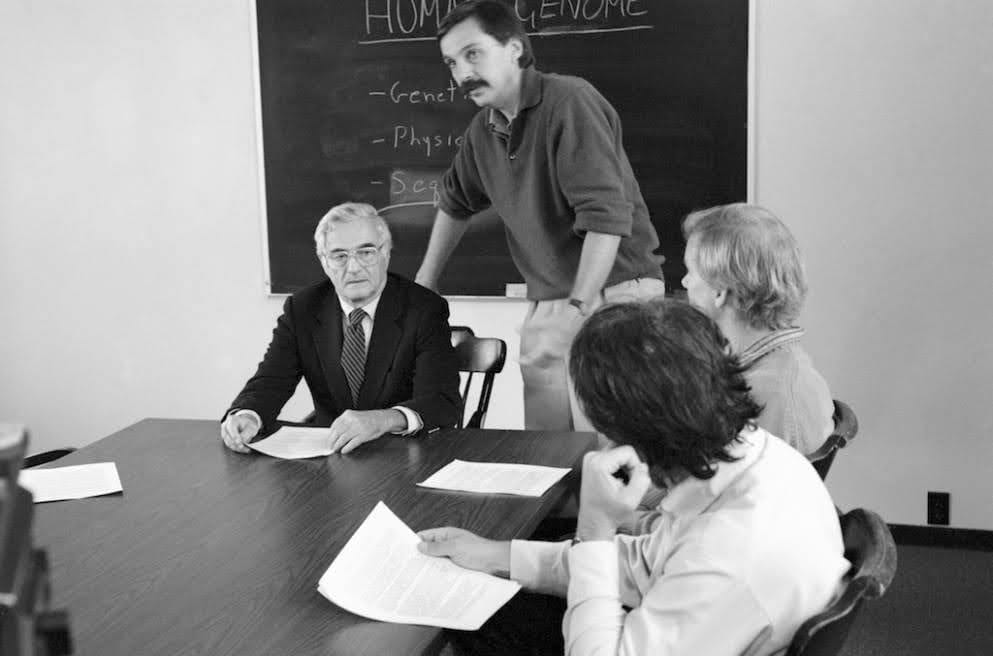
The Human Genome Project: the Beginning of the Beginning
Michael S. Waterman | March 31, 2021 | Quantitative Biology In May 1985 there was at University of California Santa Cruz an influential meeting that was the first serious discussion of sequencing the entire human genome. The author was one of the participants and described the meeting and related issues. The Human Genome Project (HGP)…
-

Vaccines track released for the UCSC SARS-CoV-2 Genome Browser
May 11, 2021 UC Santa Cruz Genomics Institute The UCSC Genome Browser team announced the release today of the Vaccines track for the UCSC SARS-CoV-2 Genome Browser. This track shows the alignment of three different mRNA vaccine sequences to the SARS-CoV-2 genome: The BioNTech/Pfizer BNT-162b2 sequence as published by the World Health Organization (WHO) The…
-
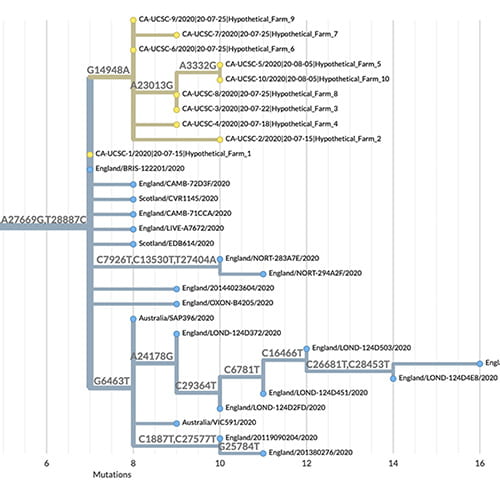
New tools enable rapid analysis of coronavirus sequences and tracking of variants
UShER allows researchers to quickly see how a new viral sequence is related to all other variants of SARS-CoV-2, crucial information for tracking transmission dynamics Tim Stephens | May 10, 2021 | UCSC The COVID-19 pandemic has spurred genomic surveillance of viruses on an unprecedented scale, as scientists around the world use genome sequencing to…
-
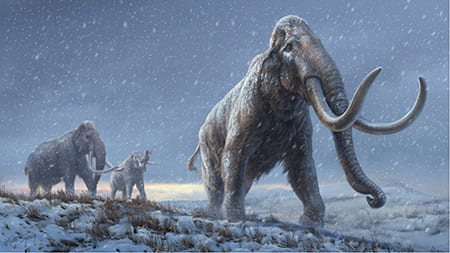
Oldest DNA sequences reveal how mammoths evolved
Caption: This illustration represents a reconstruction of the steppe mammoths that preceded the woolly mammoth, based on genetic analysis of ancient mammoth DNA. (Illustration by Beth Zaiken/Centre for Palaeogenetics) Analysis of ancient DNA sequences recovered from mammoth teeth reveal North American mammoths were descended from two earlier mammoth lineages February 17, 2021 | Tim Stephens…
-

Alumni Weekend was a virtual smorgasbord for nostalgic Banana Slugs
Dan White | UCSC | April 28, 2021 Banana Slugs showed off their creativity and adaptability during last week’s all-virtual Alumni Week, a celebration that made the most of its online format and featured more than 70 live events from April 19–25. Sure, it’s nice to hug former roommates, sit down for a picnic lunch…
-

Scientists describe ‘hidden biodiversity crisis’ as variation within species is lost
Caption: Nature has always been a source of artistic inspiration and materials, and variation, both across species and within species, an important contributor to art and culture. This painting illustrates intraspecific variation in sockeye salmon runs and was created from natural botanical pigments foraged from North American native species, including Western red cedar (bark), red…
-
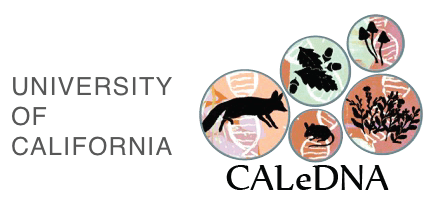
Earth Day Update
Rachel Meyer, CALeDNA | April 22, 2021 Even with laboratory supply shortages, we’ve found ways to keep momentum up and maintain our undergraduate and citizen science research on the environment. Hundreds of environmental DNA collections were made this year by CALeDNA volunteers and scientists all over California, including the Los Angeles River, Montara Mountain,…
-
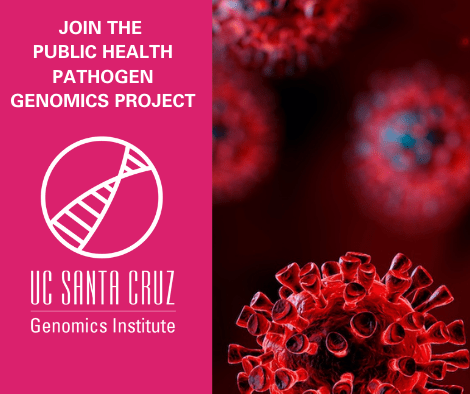
Public Health Pathogen Genomics at UCSC
Driven by new SARS-CoV-2 virus variants, COVID-19 is surging once again. If you are a software developer with experience in computational analysis, data visualization, or computational biology, you can do something about it. The UC Santa Cruz Genomics Institute is organizing a project called Public Health Pathogen Genomics. We vow to get genomics tools in…
-
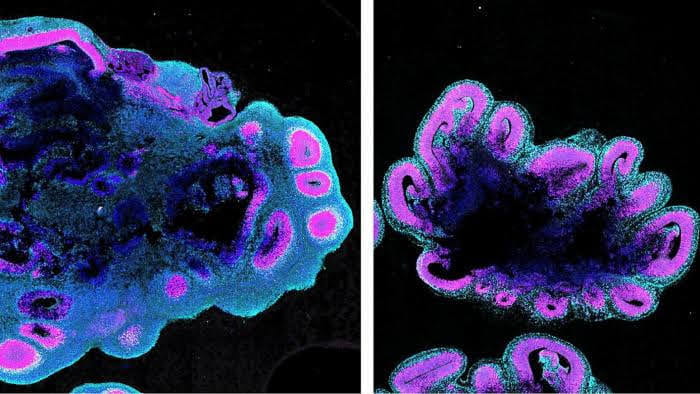
‘Mini-brains’ research brings neural development breakthrough
Scientists identify genetic switch that helps determine how many neurons grow in an embryo Human, left, and chimpanzee mini-brains at five weeks old © S.Benito-Kwiecinski/MRC LMB/Cell Clive Cookson, Science Editor | Financial Times | MARCH 24 2021 Researchers in Cambridge have identified a key genetic switch that ensures humans develop much bigger brains than apes,…
-

Honoring UC Santa Cruz’s 2021 Distinguished Graduate School Alumni
Five honorees distinguish themselves in the humanities and sciences UC Santa Cruz’s graduate student alumni are helping to shape 21st century feminist thought, fostering inclusion and creativity in the theater arts, conducting pioneering cancer research, and much more. Dan White | UCSC | April 15, 2021 As part of this month’s all-virtual Alumni Week celebrations, the…
-

UCSC’s Million-COVID-Genome Tree Could be a First
Solving a computational puzzle, a UCSC team created a dynamic evolutionary tree to enable real-time genomic contact tracing SANTA CRUZ, CA – April 13, 2021 – Early in the pandemic, UCSC knew they wanted to help researchers tracking the virus. During the 2013 Ebola outbreak, the seasoned Browser team had used their coding skills to…